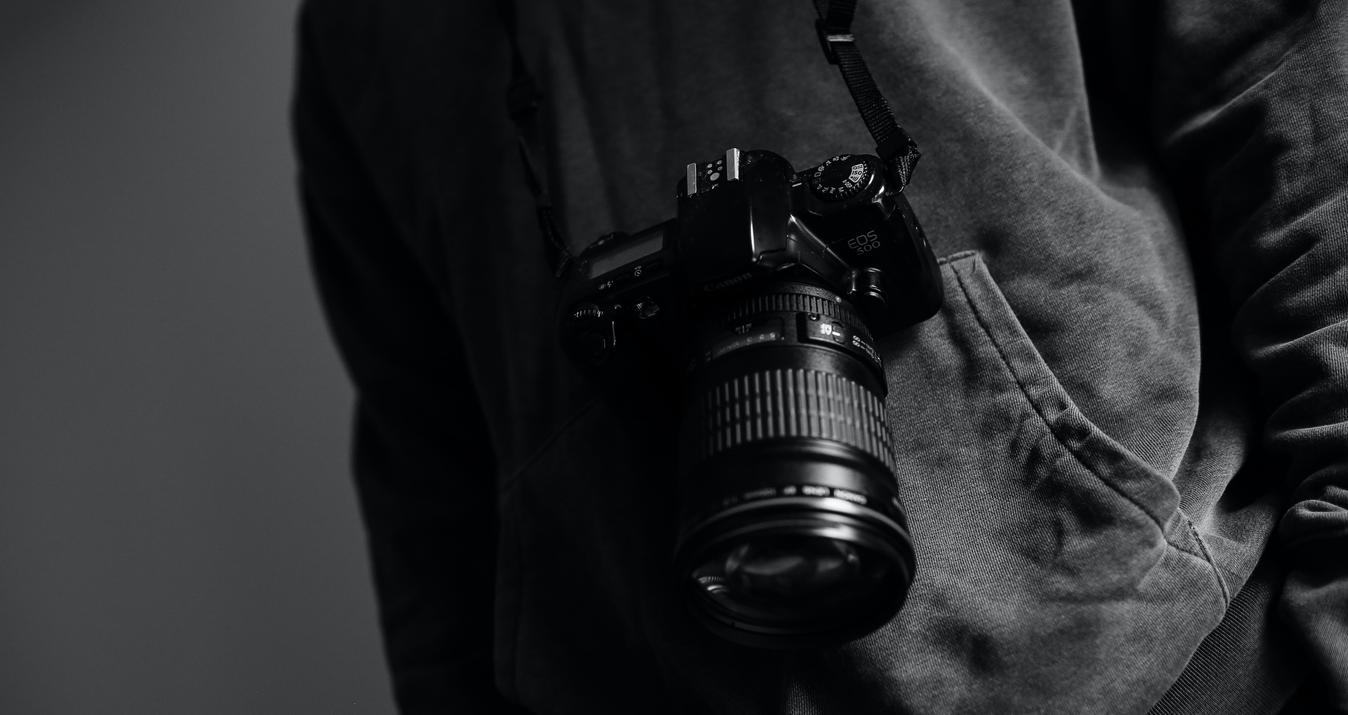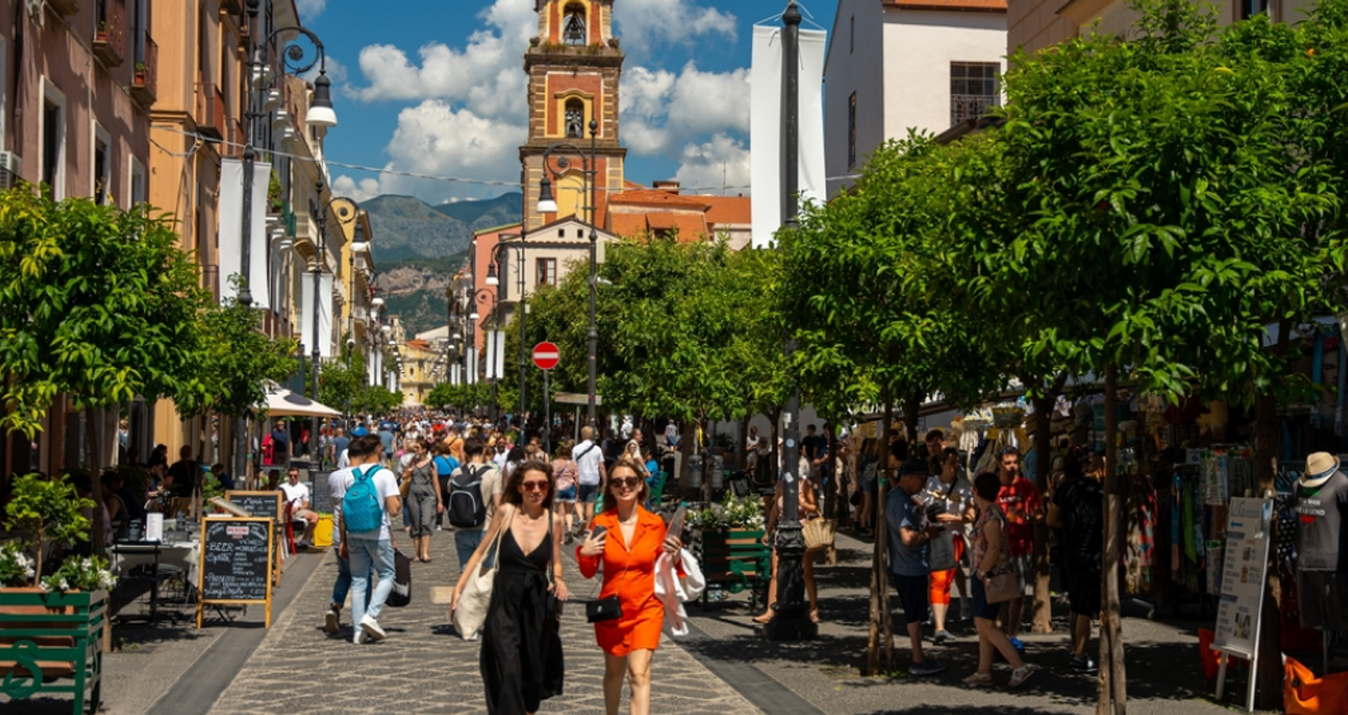Creative Photography Ideas
Last Updated on October 21, 2025
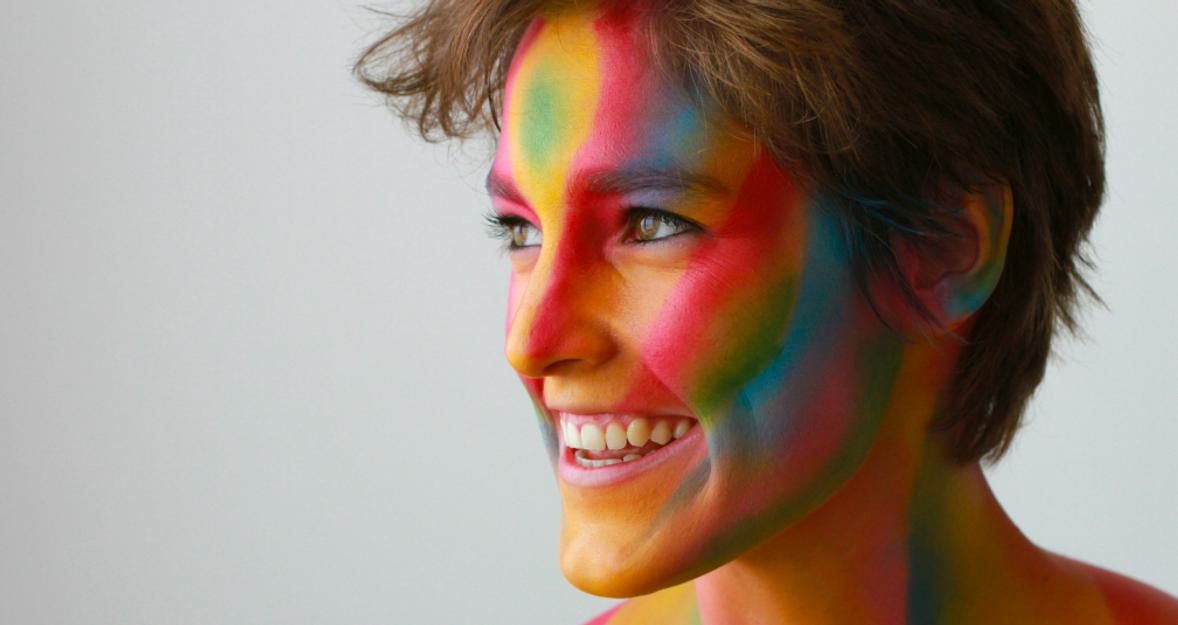
Explore 25 creative photography ideas to spark fresh inspiration. Learn how simple limits and playful challenges can transform your photos.
Fresh photos come from play, limits, and seeing the ordinary in a new way. A small constraint, a prop you’ve never tried, or a different time of day can flip a routine scene into something worth keeping. Here’s a quick primer to spark truly creative photography ideas without the fluff.
Why Creative Photography Ideas Matter for Every Photographer
Ideas are your safety net on tough days: they help you solve problems, improvise with what’s on hand, and find angles most people miss. Small constraints—one lens, one color, five minutes—often boost originality rather than block it, a pattern noted in creativity research. At the same time, prompts and moodboards can kick-start planning when you’re blank. If you need a fast nudge for portraits, browse creative selfie ideas to warm up poses and framing; then adapt them to your style. Done regularly, this habit builds a personal visual language you can rely on when the light (or the client) won’t wait.
25 Creative Photography Ideas to Inspire Your Next Shoot
Think of this as a menu, not homework. We’ll mix quick setups you can do at home with location prompts, color experiments, and simple storytelling beats—practical creative photo ideas that work whether you shoot with a phone or a mirrorless. Pick two, give yourself a limit (time, lens, color), and see what surprises you. More sections coming next.
1. Crystal Ball Photography for Surreal Effects
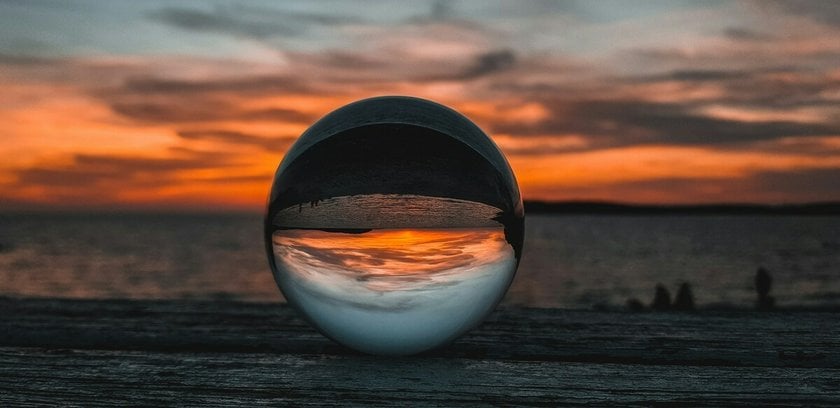 A glass “lensball” flips and miniaturizes the scene through refraction, so your subject appears upside-down inside the sphere while the background stays normal. That contrast is what makes crystal-ball shots feel fresh among unique photo ideas—city skylines turn into pocket worlds; beaches look like snow globes. Keep the ball close to the lens for a larger in-ball image, and mind fingerprints or hot spots from direct sun. Simple backgrounds help the refracted scene read cleanly, and you can rotate the photo later if you want the interior image upright.
A glass “lensball” flips and miniaturizes the scene through refraction, so your subject appears upside-down inside the sphere while the background stays normal. That contrast is what makes crystal-ball shots feel fresh among unique photo ideas—city skylines turn into pocket worlds; beaches look like snow globes. Keep the ball close to the lens for a larger in-ball image, and mind fingerprints or hot spots from direct sun. Simple backgrounds help the refracted scene read cleanly, and you can rotate the photo later if you want the interior image upright.
2. Light Trail Photography for Dynamic Shots
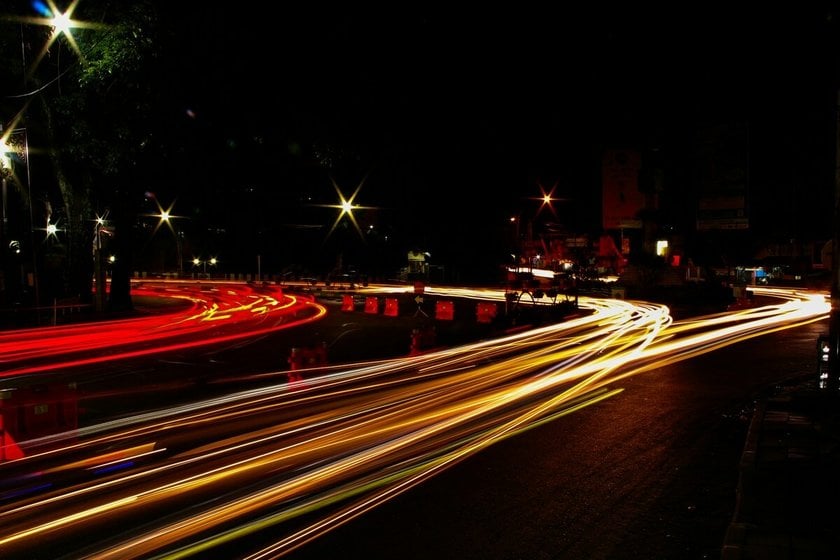 Those streaks of headlights and neon are just long exposures of moving lights. Mount the camera steady, stop down a bit, and let traffic draw lines across your frame—anywhere from ~4-30 seconds works depending on speed and distance. It’s one of the easiest cool photography ideas to try downtown, on overpasses, or by funfairs; panning can keep a subject sharp while the background smears into motion. Even phones with manual controls or dedicated apps can manage it if they stay still on a tripod or ledge.
Those streaks of headlights and neon are just long exposures of moving lights. Mount the camera steady, stop down a bit, and let traffic draw lines across your frame—anywhere from ~4-30 seconds works depending on speed and distance. It’s one of the easiest cool photography ideas to try downtown, on overpasses, or by funfairs; panning can keep a subject sharp while the background smears into motion. Even phones with manual controls or dedicated apps can manage it if they stay still on a tripod or ledge.
3. Double Exposure Photography to Blend Worlds
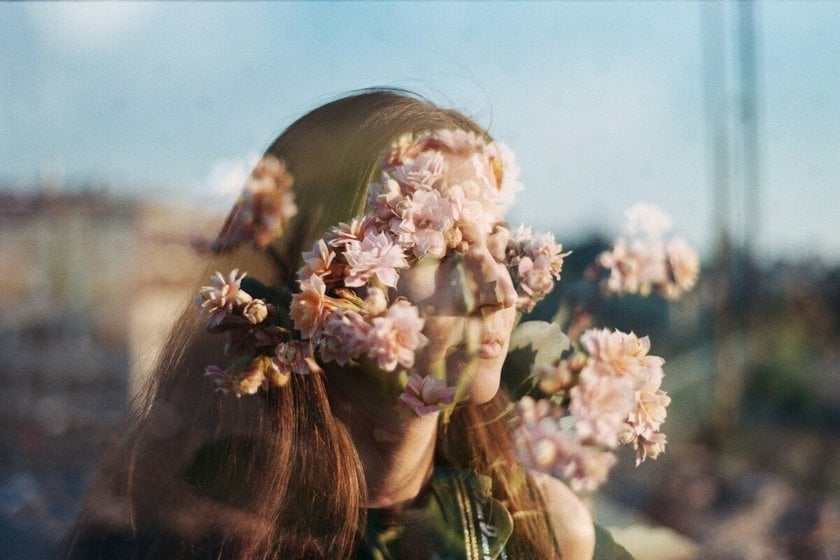 Layer two scenes into one frame—a portrait plus trees, a skyline overlaid on waves—and you get a visual metaphor that reads instantly. In-camera or in post, the technique combines multiple exposures so both images share space; that’s why it’s a favorite in editorial work and weekend photo challenge ideas alike. Classic film methods used darkroom tricks or careful in-camera rewinds; today, you can do it non-destructively with masks and blend modes while keeping tones believable. The key is contrast: one simple silhouette and one textured scene tend to merge cleanest. It sounds complicated, but it can be done in Luminar Neo, one of the most advanced photo editing applications.
Layer two scenes into one frame—a portrait plus trees, a skyline overlaid on waves—and you get a visual metaphor that reads instantly. In-camera or in post, the technique combines multiple exposures so both images share space; that’s why it’s a favorite in editorial work and weekend photo challenge ideas alike. Classic film methods used darkroom tricks or careful in-camera rewinds; today, you can do it non-destructively with masks and blend modes while keeping tones believable. The key is contrast: one simple silhouette and one textured scene tend to merge cleanest. It sounds complicated, but it can be done in Luminar Neo, one of the most advanced photo editing applications.
4. Create a Diptych by Juxtaposing Two Images
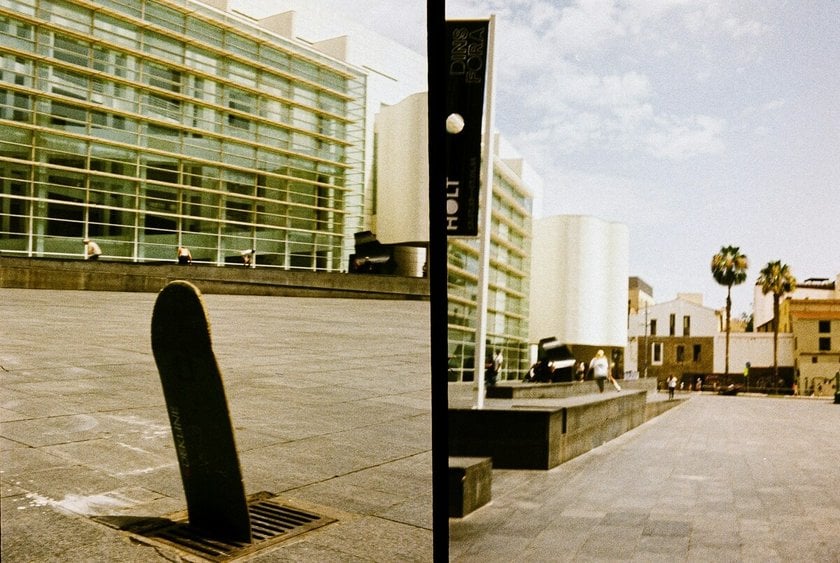 Two pictures, one idea. A diptych sets up a visual conversation—place-related or contrasting frames side-by-side, and a third meaning appears between them. Pair a still life with its context, a face with the place it belongs, or morning vs. night from the same spot. Keep some thread consistent (color, geometry, eye line) so the set reads as one thought, not two random shots. Titles can help the viewer “bridge” the gap, but the pictures should do most of the talking. It’s a classic way to use contrast and connection without heavy effects, just thoughtful sequencing.
Two pictures, one idea. A diptych sets up a visual conversation—place-related or contrasting frames side-by-side, and a third meaning appears between them. Pair a still life with its context, a face with the place it belongs, or morning vs. night from the same spot. Keep some thread consistent (color, geometry, eye line) so the set reads as one thought, not two random shots. Titles can help the viewer “bridge” the gap, but the pictures should do most of the talking. It’s a classic way to use contrast and connection without heavy effects, just thoughtful sequencing.
5. Use Shadows to Tell a Hidden Story
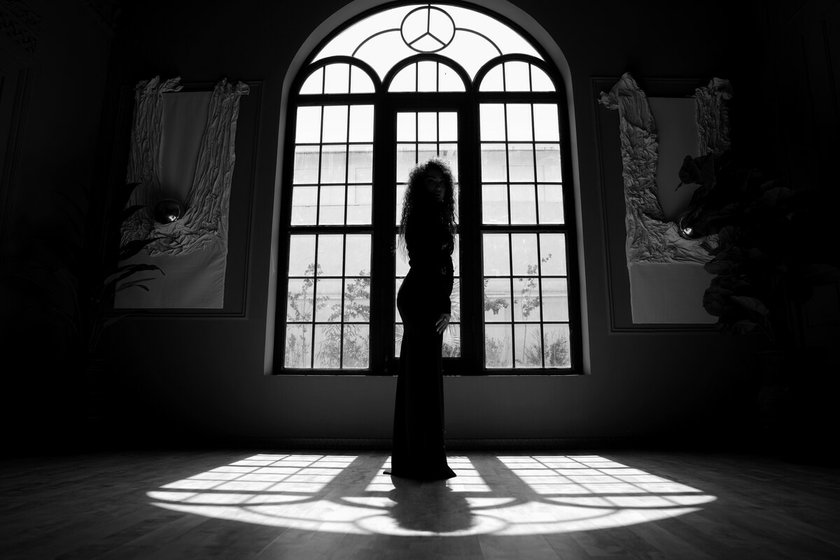 Shadows are characters, too. Angle one strong light (window, lamp, streetlight) and let the dark do the describing—outlines stretch, textures pop, and negative space starts carrying the plot. This chiaroscuro approach is less about “moody” and more about shaping form: highlights sketch the subject; shadows finish the sentence. Great for portraits, food, and street scenes where you want the viewer to fill in the blanks. Work with simple backgrounds and let edges breathe, so the silhouette reads cleanly. Think of it as subtractive lighting: remove what doesn’t matter, and the story sharpens itself.
Shadows are characters, too. Angle one strong light (window, lamp, streetlight) and let the dark do the describing—outlines stretch, textures pop, and negative space starts carrying the plot. This chiaroscuro approach is less about “moody” and more about shaping form: highlights sketch the subject; shadows finish the sentence. Great for portraits, food, and street scenes where you want the viewer to fill in the blanks. Work with simple backgrounds and let edges breathe, so the silhouette reads cleanly. Think of it as subtractive lighting: remove what doesn’t matter, and the story sharpens itself.
6. Capture Motion with Long Exposure Photography
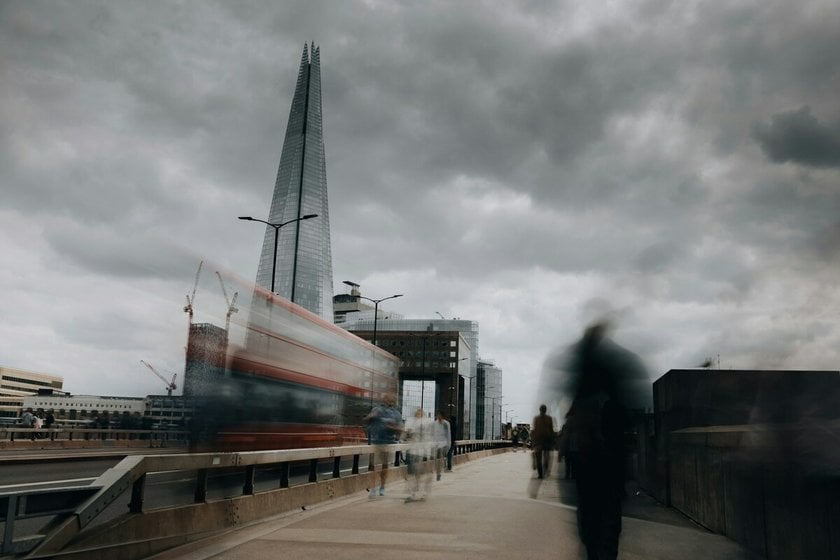 Motion can be drawn rather than frozen. Set the camera steady and let moving subjects write their path—cars become color ribbons, crowds dissolve into soft ghosting, waves turn to silk. A tripod (or firm ledge) and a slow shutter are the essentials; city scenes often start around 10-15 seconds, while faster flows need more time to complete a line. You can also pan to keep one subject sharp as the world stretches behind them. The result is a single graphic stroke that compresses time, showing how a place actually feels.
Motion can be drawn rather than frozen. Set the camera steady and let moving subjects write their path—cars become color ribbons, crowds dissolve into soft ghosting, waves turn to silk. A tripod (or firm ledge) and a slow shutter are the essentials; city scenes often start around 10-15 seconds, while faster flows need more time to complete a line. You can also pan to keep one subject sharp as the world stretches behind them. The result is a single graphic stroke that compresses time, showing how a place actually feels.
Transform Your Photos into Classic Monochrome
Try it in Luminar Neo7. Macro Photography for Close-Ups
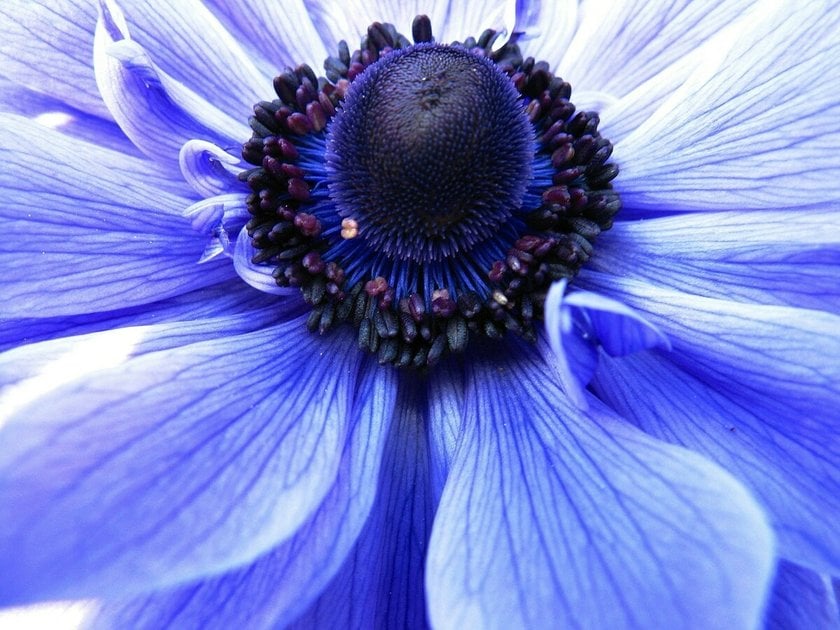 Close-up work is a lesson in tiny decisions: millimeters of focus, small movements, big gains. Dedicated macro lenses make life easier thanks to true 1:1 magnification and workable distance, but whatever you use, stabilize first and move the camera, not the ring, for micro-adjustments. Depth of field is paper-thin, so many shooters take a short “stack” at different focus points and blend them for full subject sharpness. Light matters just as much—a small diffuser or reflector keeps contrast kind while revealing texture. The goal is intimacy without harshness; detail should feel discovered, not dissected.
Close-up work is a lesson in tiny decisions: millimeters of focus, small movements, big gains. Dedicated macro lenses make life easier thanks to true 1:1 magnification and workable distance, but whatever you use, stabilize first and move the camera, not the ring, for micro-adjustments. Depth of field is paper-thin, so many shooters take a short “stack” at different focus points and blend them for full subject sharpness. Light matters just as much—a small diffuser or reflector keeps contrast kind while revealing texture. The goal is intimacy without harshness; detail should feel discovered, not dissected.
8. Neon Portraits Using Artificial Light
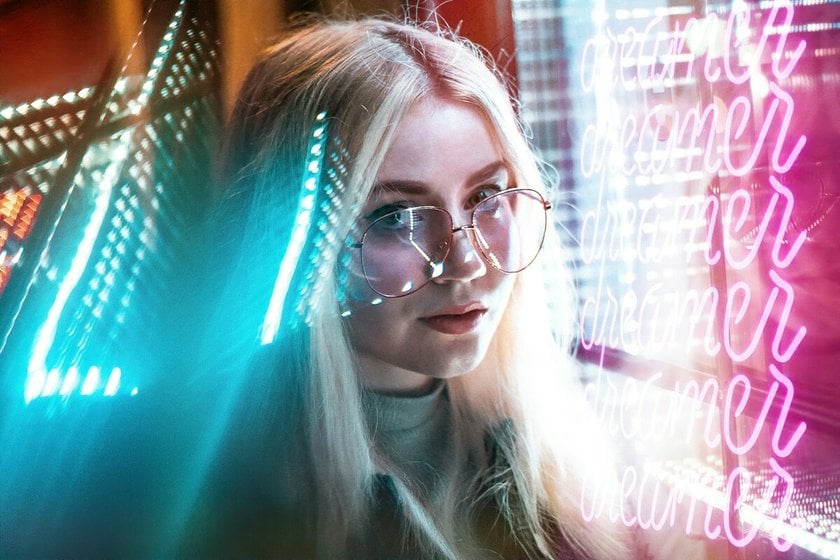 Neon portraits are all about the color you can feel. Work with practical signs or add gels to a small LED/flash so hues wrap the face, not just hit it head-on. Keep one side saturated and let the opposite fall to a softer fill; that contrast gives depth without losing skin tone. If you’re building a look indoors, cover the entire light source with the gel—any white spill will wash out the effect. City reflections (windows, puddles) multiply your palette for free, and a little haze can catch beams for texture. It’s one of those artistic photography ideas that scales from phone to studio light with the same logic: bold color, controlled spill, and clean catchlights.
Neon portraits are all about the color you can feel. Work with practical signs or add gels to a small LED/flash so hues wrap the face, not just hit it head-on. Keep one side saturated and let the opposite fall to a softer fill; that contrast gives depth without losing skin tone. If you’re building a look indoors, cover the entire light source with the gel—any white spill will wash out the effect. City reflections (windows, puddles) multiply your palette for free, and a little haze can catch beams for texture. It’s one of those artistic photography ideas that scales from phone to studio light with the same logic: bold color, controlled spill, and clean catchlights.
9. Levitation Photography for a Magical Touch
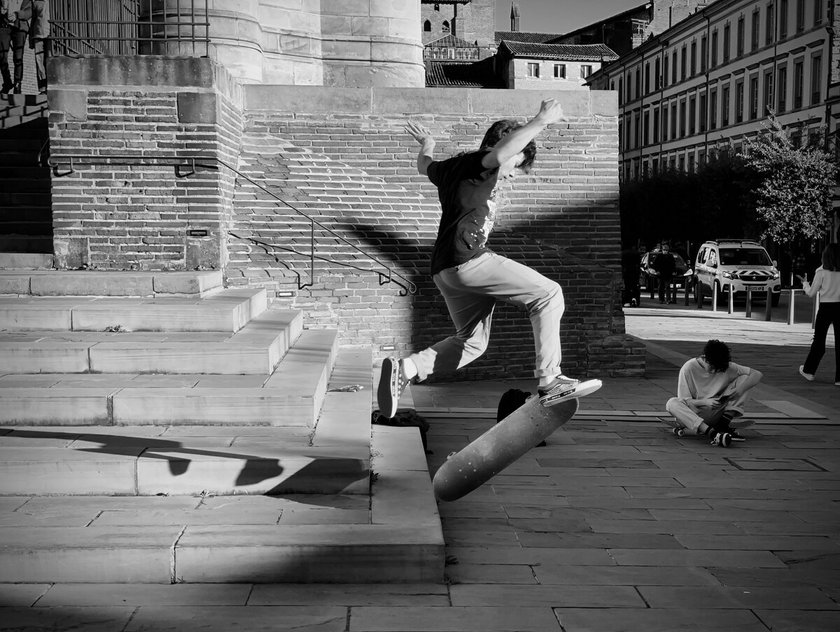 There are two honest routes: capture real airtime (jump, toss, or freeze with flash), or build a clean composite. For the practical approach, a dark environment plus a single flash will stop motion and sell the float. For composites, shoot your subject supported on a stool, then a blank plate, and blend—and if the support is messy, Luminar’s AI background removal helps isolate the figure fast right inside Luminar. Keep shadows believable and anchor one contact point (a hand on fabric, a foot grazing air) so viewers “buy” the moment. It’s a crowd-pleasing take on unique photography ideas that rewards planning more than special gear.
There are two honest routes: capture real airtime (jump, toss, or freeze with flash), or build a clean composite. For the practical approach, a dark environment plus a single flash will stop motion and sell the float. For composites, shoot your subject supported on a stool, then a blank plate, and blend—and if the support is messy, Luminar’s AI background removal helps isolate the figure fast right inside Luminar. Keep shadows believable and anchor one contact point (a hand on fabric, a foot grazing air) so viewers “buy” the moment. It’s a crowd-pleasing take on unique photography ideas that rewards planning more than special gear.
10. Use Props for Creative Fantasy-Themed Shoots
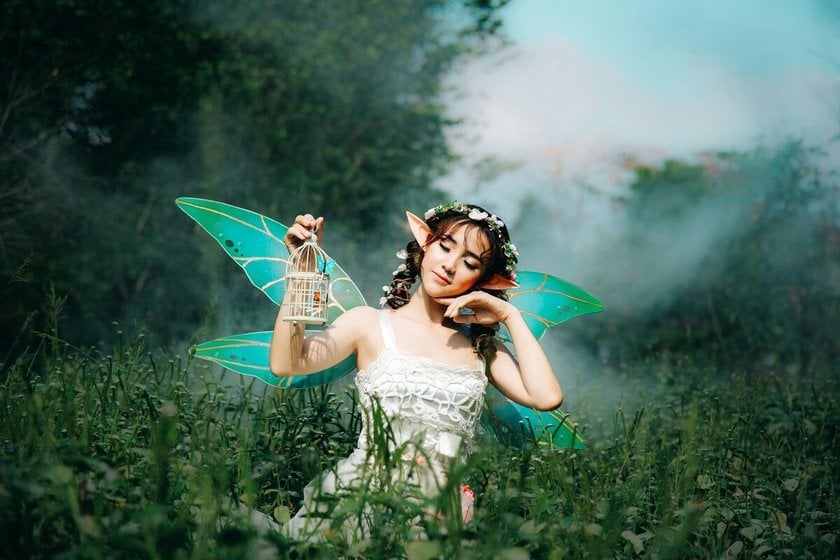 Props turn a costume into a story. Think weathered books, lanterns, sheer fabric, faux armor, paper crowns, even thrift-store frames—tactile items that explain the world you’re building. Work with a limited color scheme and one hero prop so the frame doesn’t look like a craft table; fairy lights or glass prisms add quick sparkle when the set feels flat. Outdoor “fairycore” looks love soft backlight through leaves; studio sets prefer a single key with feathered edges to keep details readable. Renting or borrowing saves budget, and DIY tweaks (tea-staining paper, sanding plastic) add realism. These are simple, durable, creative picture ideas: stage, hint, and let the viewer finish the fairytale.
Props turn a costume into a story. Think weathered books, lanterns, sheer fabric, faux armor, paper crowns, even thrift-store frames—tactile items that explain the world you’re building. Work with a limited color scheme and one hero prop so the frame doesn’t look like a craft table; fairy lights or glass prisms add quick sparkle when the set feels flat. Outdoor “fairycore” looks love soft backlight through leaves; studio sets prefer a single key with feathered edges to keep details readable. Renting or borrowing saves budget, and DIY tweaks (tea-staining paper, sanding plastic) add realism. These are simple, durable, creative picture ideas: stage, hint, and let the viewer finish the fairytale.
11. Self-Portrait Without a Mirror: Get Inventive
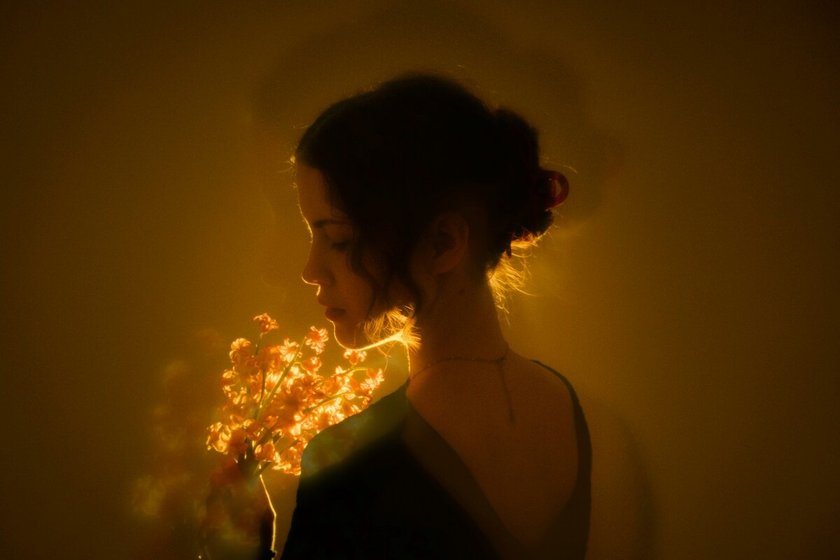 You don’t need a mirror—you need predictable timing. Start with your camera’s self-timer or interval mode, or trigger it from your phone if your body supports Bluetooth/Wi-Fi control. Place a stand-in object at your mark, nail focus, switch to manual, and step in. Work in short “sets” of 10- 15 frames while you change poses slightly; a simple stool, window light, and a neutral wall are enough to look polished. If focus misses, widen the depth of field a stop and bring the camera a touch farther back. This is one of those creative photo ideas that teaches framing discipline fast—you’ll learn to read space and gesture without waiting on a second pair of hands.
You don’t need a mirror—you need predictable timing. Start with your camera’s self-timer or interval mode, or trigger it from your phone if your body supports Bluetooth/Wi-Fi control. Place a stand-in object at your mark, nail focus, switch to manual, and step in. Work in short “sets” of 10- 15 frames while you change poses slightly; a simple stool, window light, and a neutral wall are enough to look polished. If focus misses, widen the depth of field a stop and bring the camera a touch farther back. This is one of those creative photo ideas that teaches framing discipline fast—you’ll learn to read space and gesture without waiting on a second pair of hands.
You may also like: Self Portrait Photography
12. Capture Patterns with Black-and-White Photography
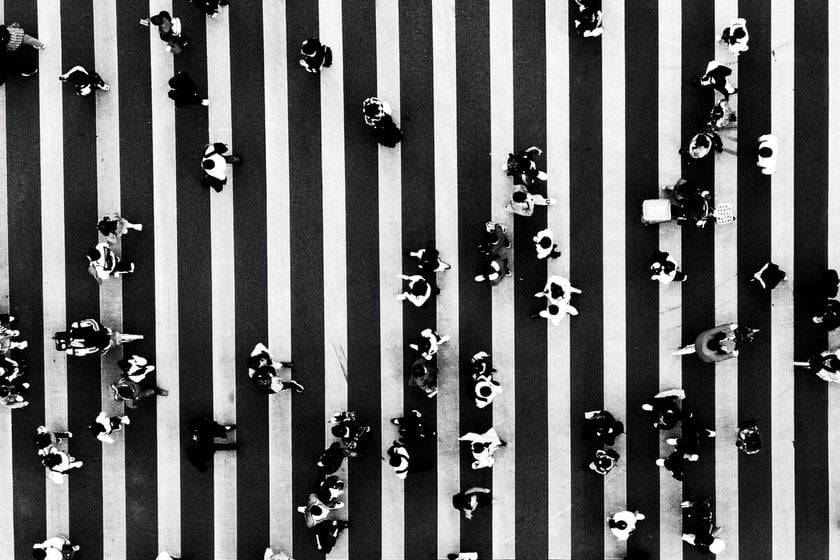 Black and white loves repetition. Hunt for brickwork, waves, blinds, fire escapes, crosswalks, or fabric weave, then choose light that carves shape—side light for relief, overcast for smooth tone. Simplify the frame, so the pattern leads; a single break (a person, a window) gives scale and a point to rest. In post, push local contrast where texture matters and keep midtones alive, so the image doesn’t turn chalk-and-soot. Patterns are a clean entry to unique creative photography because they rely on seeing, not special gear: you’re building a graphic statement from everyday lines, and the moment you isolate it, the picture clicks.
Black and white loves repetition. Hunt for brickwork, waves, blinds, fire escapes, crosswalks, or fabric weave, then choose light that carves shape—side light for relief, overcast for smooth tone. Simplify the frame, so the pattern leads; a single break (a person, a window) gives scale and a point to rest. In post, push local contrast where texture matters and keep midtones alive, so the image doesn’t turn chalk-and-soot. Patterns are a clean entry to unique creative photography because they rely on seeing, not special gear: you’re building a graphic statement from everyday lines, and the moment you isolate it, the picture clicks.
13. Tell a Story Using Everyday Objects
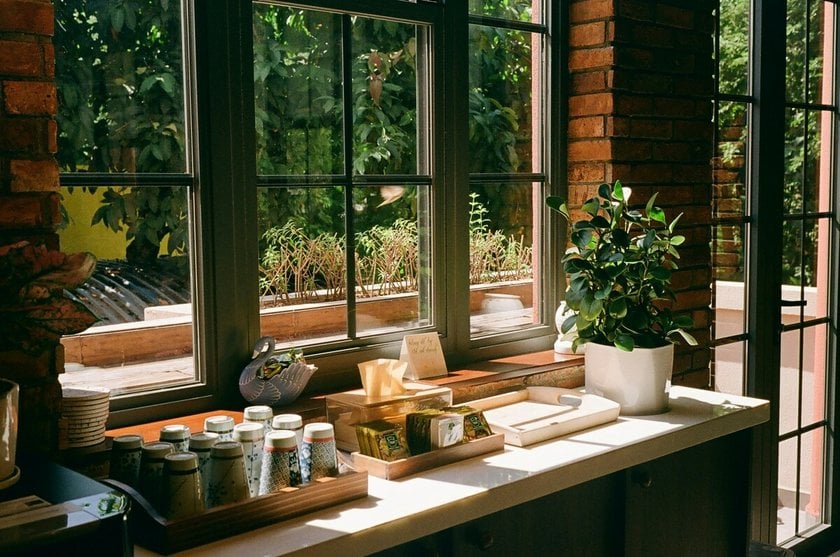 You don’t need exotic props to say something meaningful. Gather a few ordinary items that belong together—keys, tickets, a cracked mug—and treat the setup like a tiny movie scene. Keep the palette simple, arrange shapes so the eye moves in a loop, and let one “hero” object carry the message. This is basically still life with intention: pick objects that reflect the person's character, not just their appearance. Sketching a quick layout first helps the story land without clutter. It’s one of those creative picture ideas that works on a desk with window light or a small LED panel.
You don’t need exotic props to say something meaningful. Gather a few ordinary items that belong together—keys, tickets, a cracked mug—and treat the setup like a tiny movie scene. Keep the palette simple, arrange shapes so the eye moves in a loop, and let one “hero” object carry the message. This is basically still life with intention: pick objects that reflect the person's character, not just their appearance. Sketching a quick layout first helps the story land without clutter. It’s one of those creative picture ideas that works on a desk with window light or a small LED panel.
14. Experiment with Light Graffiti
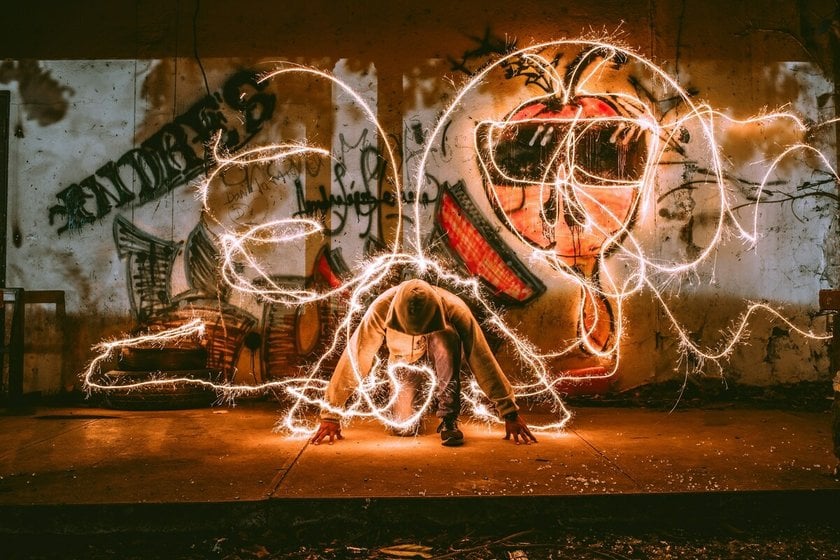 Swap paint for light and write in the air during a long exposure. Open the shutter, move a flashlight or LED, and your motion becomes glowing lines. The look sits between drawing and photography, which is why it shows up in music promos and street portraits—bold, graphic, instantly readable. Start in a dark spot, so ambient light doesn’t wash out your trails; a tripod and a 5-30s shutter are enough. Safety note: if you try spark sources, avoid flammables and protect your eyes. As cool photography ideas go, it’s pure play that scales from phone apps to pro rigs.
Swap paint for light and write in the air during a long exposure. Open the shutter, move a flashlight or LED, and your motion becomes glowing lines. The look sits between drawing and photography, which is why it shows up in music promos and street portraits—bold, graphic, instantly readable. Start in a dark spot, so ambient light doesn’t wash out your trails; a tripod and a 5-30s shutter are enough. Safety note: if you try spark sources, avoid flammables and protect your eyes. As cool photography ideas go, it’s pure play that scales from phone apps to pro rigs.
15. Chalk Drawings for a Fun Photography Twist
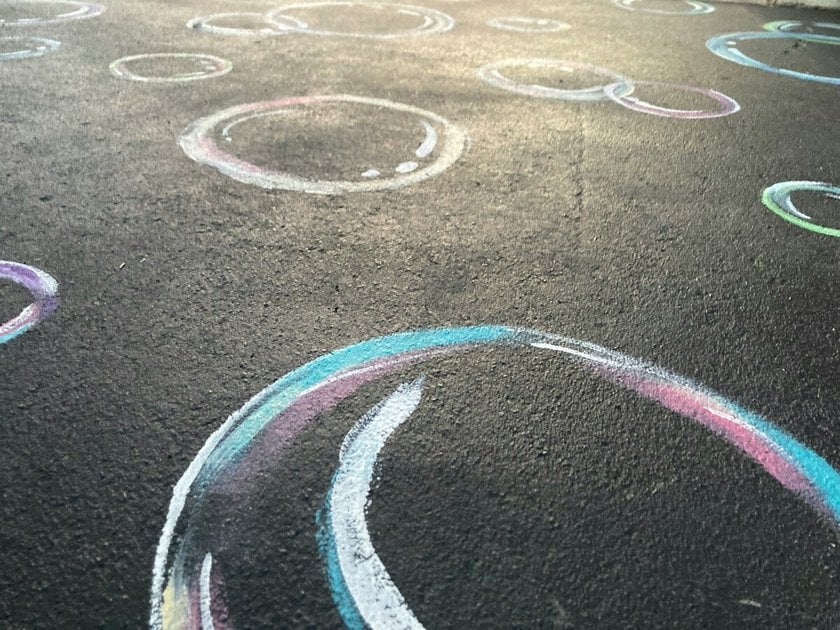 Chalk is part of the illusion. Draw a scene on pavement, then shoot from the one spot where stretched shapes “snap” into 3D. This forced perspective is why sidewalk art looks flat up close but pops from a marked viewing point. Keep your subject in the frame interacting with the drawing—sitting on a “ledge,” holding a “balloon,” stepping over a “gap.” Overcast light helps colors hold; a ladder or low stool lets you lock the exact angle. It’s simple, playful, and perfect for families or teams who want unique photo ideas without complex gear.
Chalk is part of the illusion. Draw a scene on pavement, then shoot from the one spot where stretched shapes “snap” into 3D. This forced perspective is why sidewalk art looks flat up close but pops from a marked viewing point. Keep your subject in the frame interacting with the drawing—sitting on a “ledge,” holding a “balloon,” stepping over a “gap.” Overcast light helps colors hold; a ladder or low stool lets you lock the exact angle. It’s simple, playful, and perfect for families or teams who want unique photo ideas without complex gear.
16. Photograph Silhouettes for a Dramatic Effect
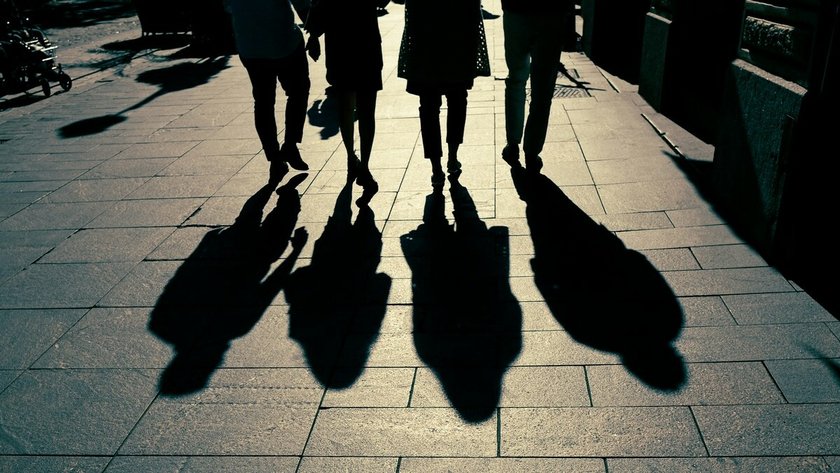 Silhouettes are about shape, not detail: put the bright light behind your subject, expose for the sky, and let the subject fall to clean black. Strong outlines (hats, profiles, bikes, trees) read best, and a low angle makes figures stand clear of the horizon. Shoot near sunrise or sunset when the sky has a gradient color and the sun sits low. If the edge glows too hard, shift slightly to keep the flare off the lens. It’s a fast, reliable way to create bold and graphic artistic photography ideas without heavy editing.
Silhouettes are about shape, not detail: put the bright light behind your subject, expose for the sky, and let the subject fall to clean black. Strong outlines (hats, profiles, bikes, trees) read best, and a low angle makes figures stand clear of the horizon. Shoot near sunrise or sunset when the sky has a gradient color and the sun sits low. If the edge glows too hard, shift slightly to keep the flare off the lens. It’s a fast, reliable way to create bold and graphic artistic photography ideas without heavy editing.
17. Create Smoke Art for Atmospheric Shots
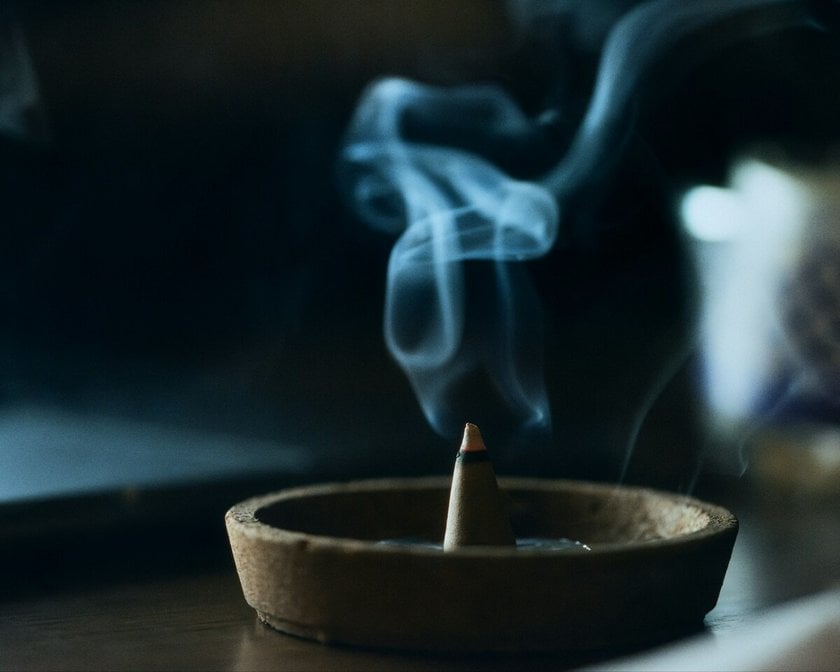 Smoke gives you organic patterns on demand. A stick of incense against a dark backdrop, light from the side, and manual focus will reveal ribbons and curls you can compose like calligraphy. Keep air still, take bursts, and expect surprises—the shapes are alive. For finishing, deepen blacks and nudge color selectively; if you’re new to editing, Luminar Neo’s guided tools are a friendly photo editing software for beginners that make cleanup and color shifts simple. Smoke sessions are low-cost, repeatable, and a great sandbox for unique creative photography at home.
Smoke gives you organic patterns on demand. A stick of incense against a dark backdrop, light from the side, and manual focus will reveal ribbons and curls you can compose like calligraphy. Keep air still, take bursts, and expect surprises—the shapes are alive. For finishing, deepen blacks and nudge color selectively; if you’re new to editing, Luminar Neo’s guided tools are a friendly photo editing software for beginners that make cleanup and color shifts simple. Smoke sessions are low-cost, repeatable, and a great sandbox for unique creative photography at home.
18. Food Photography with Natural Light
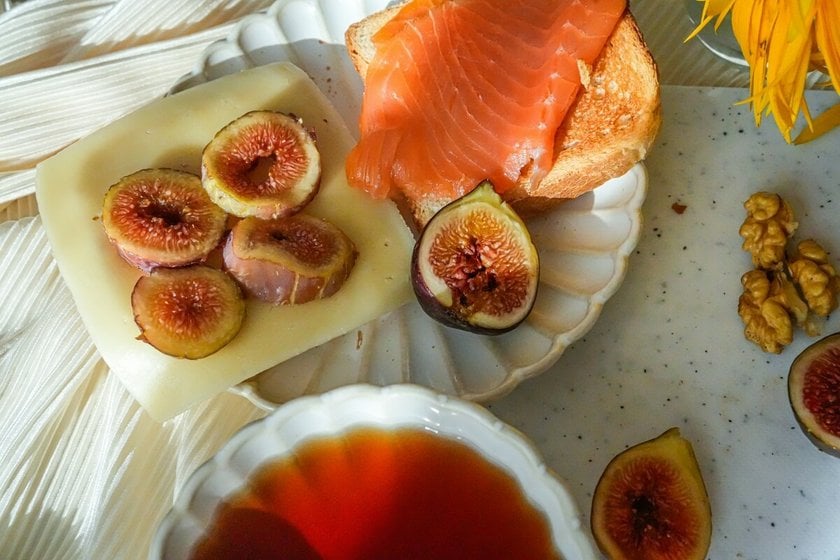 Window light is your best friend: place the set next to a large window, diffuse harsh sun with a sheer curtain, and bounce light back with a white card on the shadow side. Side light builds texture; backlight adds glow to drinks, soups, and glossy toppings. Keep backgrounds simple, so the food remains the hero, and shoot when the sun sits low for softer contrast. If you only change one thing, add a reflector—it fills shadows without killing shape. These basics scale from phone to mirrorless and are consistent across kitchens and cafes, making them solid creative photo ideas for everyday shoots.
Window light is your best friend: place the set next to a large window, diffuse harsh sun with a sheer curtain, and bounce light back with a white card on the shadow side. Side light builds texture; backlight adds glow to drinks, soups, and glossy toppings. Keep backgrounds simple, so the food remains the hero, and shoot when the sun sits low for softer contrast. If you only change one thing, add a reflector—it fills shadows without killing shape. These basics scale from phone to mirrorless and are consistent across kitchens and cafes, making them solid creative photo ideas for everyday shoots.
19. Simulate Sunlight Indoors for Creative Portraits
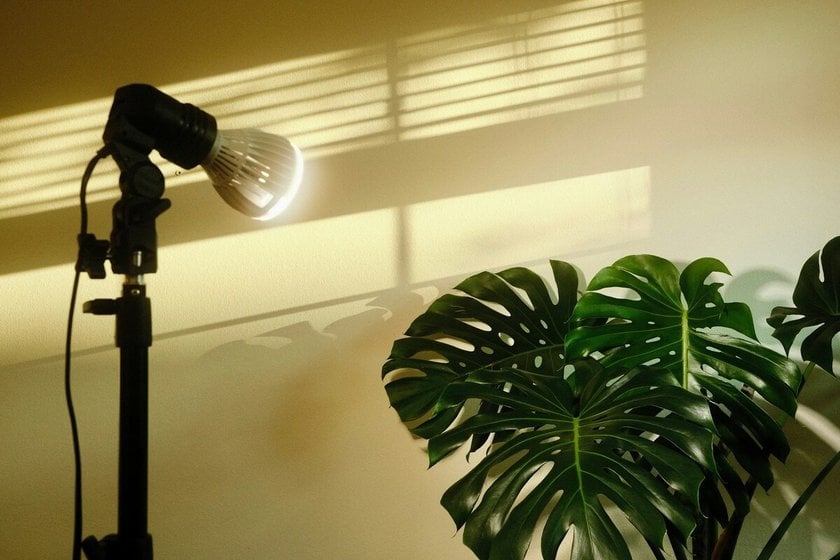 No sun? Fake it. Aim a hard light through a window frame or gobo to cast sharp “sun” beams and clean shadows, then add a second light or reflector as gentle fill. An optical snoot or projector lets you throw crisp patterns (blinds, leaves, brick) for that afternoon-window look; you can also mimic soft sun by bouncing a strong LED into a large reflector. Keep color temp warm and lift blacks slightly so it feels daylight-real, not theatrical. The win is control: same “golden hour,” any time of day, with repeatable results in a small room.
No sun? Fake it. Aim a hard light through a window frame or gobo to cast sharp “sun” beams and clean shadows, then add a second light or reflector as gentle fill. An optical snoot or projector lets you throw crisp patterns (blinds, leaves, brick) for that afternoon-window look; you can also mimic soft sun by bouncing a strong LED into a large reflector. Keep color temp warm and lift blacks slightly so it feels daylight-real, not theatrical. The win is control: same “golden hour,” any time of day, with repeatable results in a small room.
20. Photograph Reflections for Unique Compositions
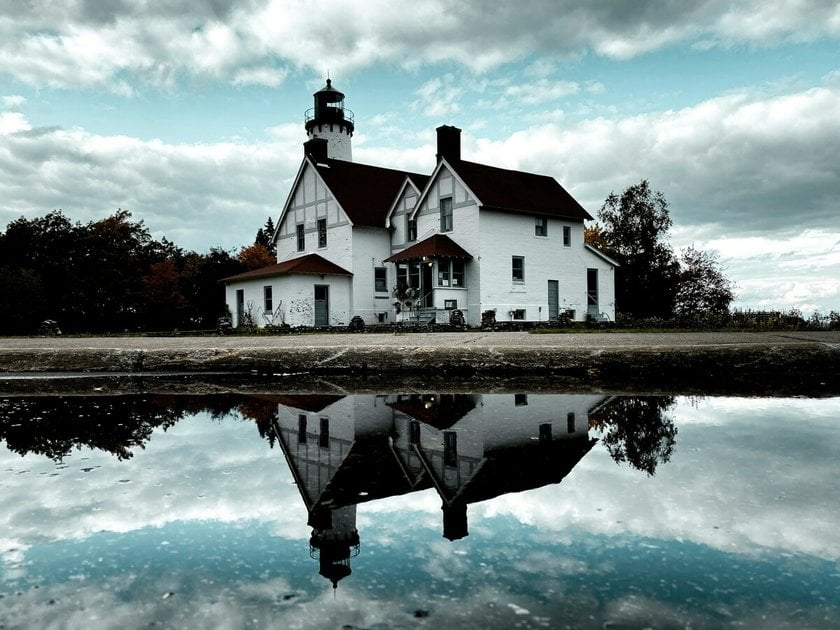 Reflections add symmetry and depth—thin puddles after rain, lake surfaces, glass facades, or even polished tables. Compose to include both subject and mirror image; crouching low near water often doubles the drama. A circular polarizer is your on/off switch: rotate to tame glare or deepen the reflection, depending on the angle of the light. For cleaner frames, shift a step to hide bright distractions, or try a longer exposure to smooth ripples. Wide lenses help include context; telephotos abstract shapes and color blocks. Used sparingly, reflection shots are unique photography ideas that turn ordinary scenes into layered pictures.
Reflections add symmetry and depth—thin puddles after rain, lake surfaces, glass facades, or even polished tables. Compose to include both subject and mirror image; crouching low near water often doubles the drama. A circular polarizer is your on/off switch: rotate to tame glare or deepen the reflection, depending on the angle of the light. For cleaner frames, shift a step to hide bright distractions, or try a longer exposure to smooth ripples. Wide lenses help include context; telephotos abstract shapes and color blocks. Used sparingly, reflection shots are unique photography ideas that turn ordinary scenes into layered pictures.
21. Experiment with Oil, Water, or Ice for Abstract Photos
Kitchen-table science can look gallery-ready. For oil-and-water macros, place a clear dish over a colorful background, add a few drops of oil, and shoot straight down with steady support; backlight enhances the floating spheres and soft gradients. Focus on the bubble edge, not the background, and keep the room draft-free for clean circles. Ice is another world: freeze flowers, pigment, or leaves in trays and light from behind to reveal fractures and inclusions. A macro lens helps, but any sharp prime plus cropping works. These are playful artistic photography ideas that cost little yet yield endlessly different results.
22. Capture the Night Sky with Star Trails
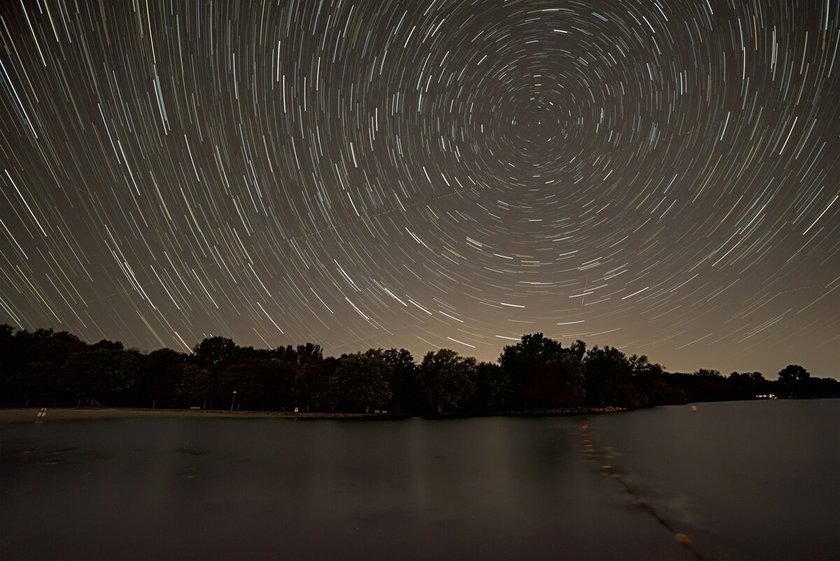 Star trails are the arcs stars draw across the sky as Earth rotates. You can make them with one very long exposure or, more reliably, by stacking many shorter frames shot back-to-back. Pointing near the celestial pole creates circular “star circles,” while aiming east or west yields long, sweeping lines. Bracketing a darker foreground separately keeps land detail clean without blowing out the sky. Good practice is to plan the composition first, then run a timed sequence, so gaps don’t appear between streaks. Later, combine the series in software to build smooth, continuous trails with low noise and minimal hot pixels.
Star trails are the arcs stars draw across the sky as Earth rotates. You can make them with one very long exposure or, more reliably, by stacking many shorter frames shot back-to-back. Pointing near the celestial pole creates circular “star circles,” while aiming east or west yields long, sweeping lines. Bracketing a darker foreground separately keeps land detail clean without blowing out the sky. Good practice is to plan the composition first, then run a timed sequence, so gaps don’t appear between streaks. Later, combine the series in software to build smooth, continuous trails with low noise and minimal hot pixels.
Learn more: How To Photograph Star Trails: Night Sky In Motion
23. Use Burst Mode for Action Shots
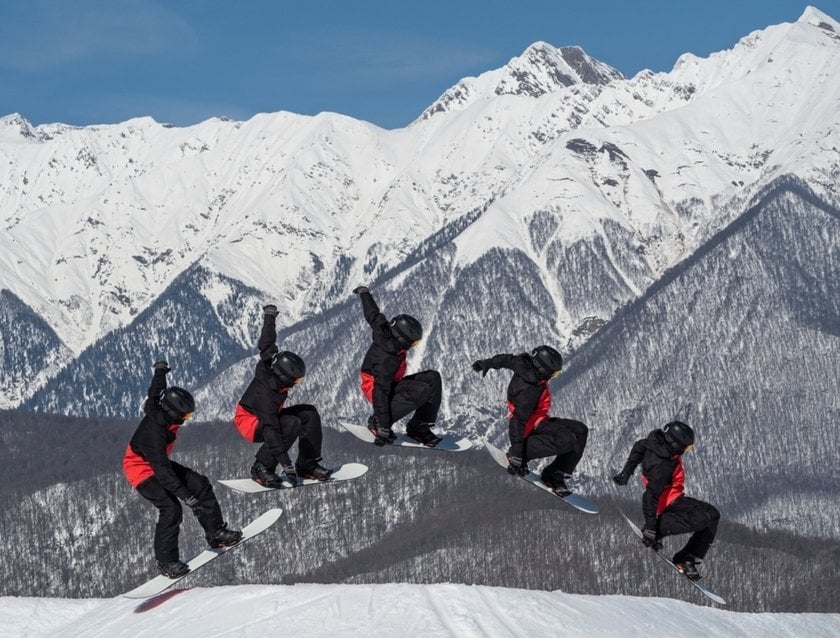 Burst (continuous) shooting fires a rapid series of frames while you hold the shutter—ideal for peak moments in sports, wildlife, or kids at play. Think of it as raising your odds: more frames mean more chances to catch the exact stride, leap, or expression. Pre-focus, stabilize your stance, and start a beat early, so the sequence covers the approach and follow-through. Review in-camera to confirm you’re freezing motion (or purposely blurring it) at the chosen shutter speed, then cull for the cleanest posture and background separation. Modern cameras vary widely in burst rates and buffer depth, but the technique remains the same: anticipate, track, and let the camera do the rapid-fire work.
Burst (continuous) shooting fires a rapid series of frames while you hold the shutter—ideal for peak moments in sports, wildlife, or kids at play. Think of it as raising your odds: more frames mean more chances to catch the exact stride, leap, or expression. Pre-focus, stabilize your stance, and start a beat early, so the sequence covers the approach and follow-through. Review in-camera to confirm you’re freezing motion (or purposely blurring it) at the chosen shutter speed, then cull for the cleanest posture and background separation. Modern cameras vary widely in burst rates and buffer depth, but the technique remains the same: anticipate, track, and let the camera do the rapid-fire work.
24. Create a Seasonal Photo Series
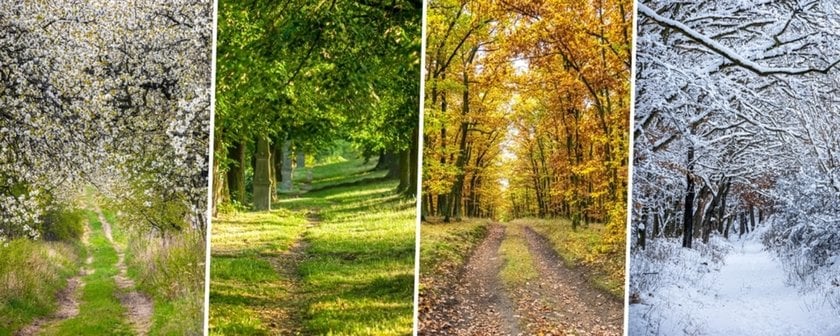 A seasonal series ties images together through time, spring blossoms, summer haze, fall color, winter starkness, so viewers feel the year changing. Pick a theme (one location, a single tree, life on your block), keep framing consistent, and decide how you’ll keep the look cohesive across months. Many photographers grade each set with the same base treatment or preset, then fine-tune white balance and local masks, so the mood fits the season without breaking continuity. The result is a compact, story-first body of work that’s stronger than scattered one-offs, and it’s easier to plan because the subject is already chosen: you’re just returning to see what the light and weather have changed.
A seasonal series ties images together through time, spring blossoms, summer haze, fall color, winter starkness, so viewers feel the year changing. Pick a theme (one location, a single tree, life on your block), keep framing consistent, and decide how you’ll keep the look cohesive across months. Many photographers grade each set with the same base treatment or preset, then fine-tune white balance and local masks, so the mood fits the season without breaking continuity. The result is a compact, story-first body of work that’s stronger than scattered one-offs, and it’s easier to plan because the subject is already chosen: you’re just returning to see what the light and weather have changed.
25. Challenge Yourself with a Photo-a-Day Project
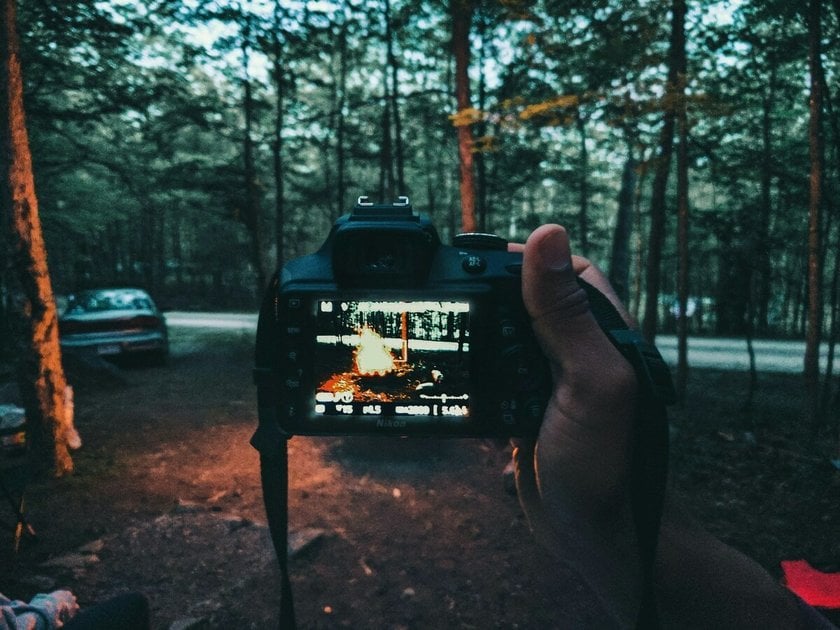 A photo-a-day (often called “Project 365”) builds consistency and seeing skills. One image every day sounds simple, but the routine nudges you to notice light, color, and small stories you’d otherwise miss. Keep the rules minimal, time of day, subject, or format, so you can actually finish. Batch your workflow: shoot, quickly star a keeper, and archive; you’ll thank yourself later. When energy dips, switch themes for a week (shadows, hands, blue objects) to keep momentum. The biggest gains come from showing up, not perfection; the daily repetition trains your eye and creates a visual diary you’ll value far more in hindsight than you expect now.
A photo-a-day (often called “Project 365”) builds consistency and seeing skills. One image every day sounds simple, but the routine nudges you to notice light, color, and small stories you’d otherwise miss. Keep the rules minimal, time of day, subject, or format, so you can actually finish. Batch your workflow: shoot, quickly star a keeper, and archive; you’ll thank yourself later. When energy dips, switch themes for a week (shadows, hands, blue objects) to keep momentum. The biggest gains come from showing up, not perfection; the daily repetition trains your eye and creates a visual diary you’ll value far more in hindsight than you expect now.
Conclusion
Creativity grows when the gear gets out of your way. Give yourself a tiny constraint—one color, one lens, five minutes—and shoot with intent. Then use a toolset that lets you iterate fast: balance exposure, nudge color, add or remove elements, and keep the file clean enough to revisit tomorrow. With a lightweight list of prompts and a forgiving editor, those small experiments stack into a style you can trust.
FAQ
How Can I Use Everyday Objects for Creative Photography?
Work small: cut shapes from paper, bounce light with foil, shoot through glass or plastic for flare, or stage a story with tickets, keys, and notes. Ordinary props + clear framing = reliable artistic photography ideas without extra spending.
What Is the Best Tool for Editing Creative Photos?
For fast, flexible edits, Luminar Neo stands out: Relight for backlit scenes, Magic Light/Sunrays for mood, Noiseless and SuperSharp for cleanup, plus GenErase/GenSwap/GenExpand for quick fixes and extra canvas. It’s built for playful workflows and polished results.
How Can I Make My Photos More Unique?
Change one variable at a time, angle, distance, or light, until the frame feels yours. Shoot a mini-series around one theme; small, consistent choices become unique photography ideas over time.
What Are Some Cool Photography Ideas for Beginners?
Try reflections after rain, window-light food shots, light trails from a bridge, or a double exposure portrait. These are low-cost cool photography ideas you can do with a phone or a basic mirrorless.
How Do I Come Up with Creative Photography Ideas?
Start simple: limit yourself (one lens, one hue), remix everyday objects, and collect prompts you can try in 10 minutes. Keep a running list of creative picture ideas on your phone and pick two each time you head out.


-2378.jpg?q=85&w=840)

